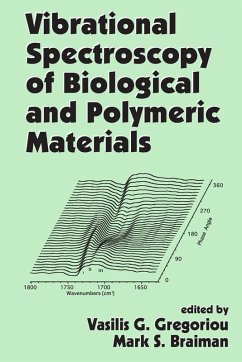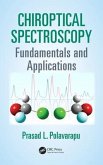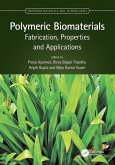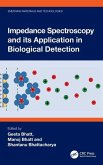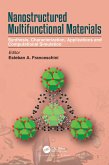Used primarily for characterizing polymers and biological systems, vibrational spectroscopy continues to uncover structural information pertinent to a growing number of applications. Vibrational Spectroscopy of Biological and Polymeric Materials compiles the latest developments in advanced infrared and Raman spectroscopic techniques that are applicable to both polymeric materials and biological compounds. It also presents instrumentation and experimental details that can be used by polymer chemists and biochemists in the design of their own experiments.
The text starts by describing the application of static and dynamic FT-IR spectroscopies to liquid crystalline polyurethanes, including a clear exposition of the theory behind the experiments. It discusses the measurement of static and dynamic linear dichroism and stress or strain in both single and multiple fiber composite materials. The book explains the roles of vibrational spectroscopy and the Langmuir-Blodgett technique in the study and preparation of high-quality ultrathin materials. Chapters rich in both theoretical and experimental details describe two-dimensional correlation spectroscopy and vibrational circular dichroism. Biomedically-oriented chapters describe the advances in IR imaging of tissues made possible by focal-plane arrays; as well as the use of ligand-gated FT-IR difference spectroscopy in neuropharmacology, particularly in identifying ligands and modes of action for the large number of membrane receptors recently identified in the human genome. The final chapter discusses the application of time-resolved FT-IR spectroscopy to biological materials, providing a detailed guide to the use of commercial step-scan instrumentation for examining sub-millisecond mechanistic details of photobiological processes.
Written by eminent experts in these fields, Vibrational Spectroscopy of Biological and Polymeric Materials is an ideal and practical reference for the broad spectrum of researchers interested in the analysis and integration of biological and polymeric materials.
The text starts by describing the application of static and dynamic FT-IR spectroscopies to liquid crystalline polyurethanes, including a clear exposition of the theory behind the experiments. It discusses the measurement of static and dynamic linear dichroism and stress or strain in both single and multiple fiber composite materials. The book explains the roles of vibrational spectroscopy and the Langmuir-Blodgett technique in the study and preparation of high-quality ultrathin materials. Chapters rich in both theoretical and experimental details describe two-dimensional correlation spectroscopy and vibrational circular dichroism. Biomedically-oriented chapters describe the advances in IR imaging of tissues made possible by focal-plane arrays; as well as the use of ligand-gated FT-IR difference spectroscopy in neuropharmacology, particularly in identifying ligands and modes of action for the large number of membrane receptors recently identified in the human genome. The final chapter discusses the application of time-resolved FT-IR spectroscopy to biological materials, providing a detailed guide to the use of commercial step-scan instrumentation for examining sub-millisecond mechanistic details of photobiological processes.
Written by eminent experts in these fields, Vibrational Spectroscopy of Biological and Polymeric Materials is an ideal and practical reference for the broad spectrum of researchers interested in the analysis and integration of biological and polymeric materials.
"It manages to stand out from most compiled texts consisting of contributions from many different authors by having instrumentation as the cohesive thread connecting the chapters. ...The editors indicated a desire to "give thorough experimental detail, and not just to document recent instrumentation advances". They have largely succeeded in this endeavor, with several of the contributions providing detailed descriptions of instrumentation and the specific requirements of operation...the choice of topics and contributors does justice to recent advances in the area, with most of the contributions focusing on emerging methods within the past decade."
-Garth J. Simpson, Journal of the American Chemical Society, Vol. 128, No. 36, 2006
-Garth J. Simpson, Journal of the American Chemical Society, Vol. 128, No. 36, 2006

